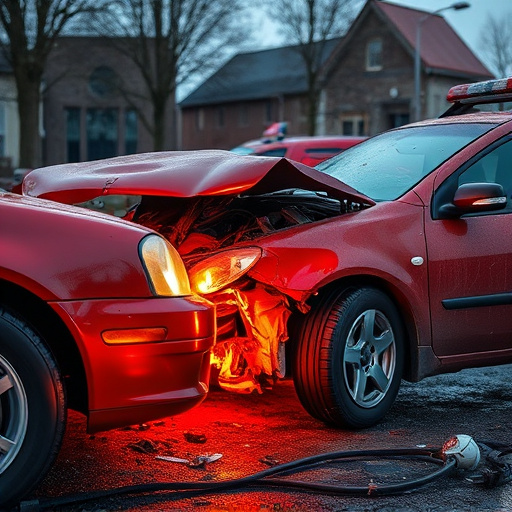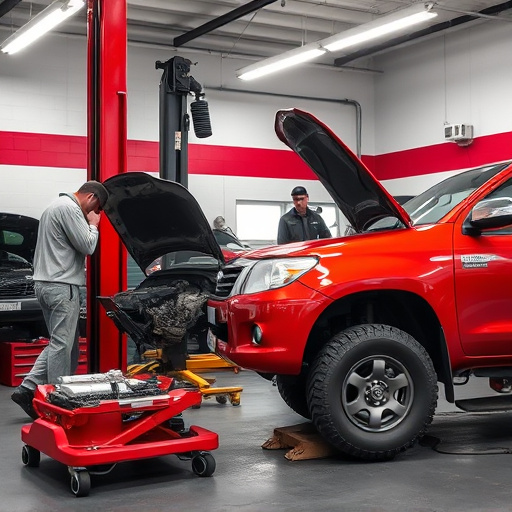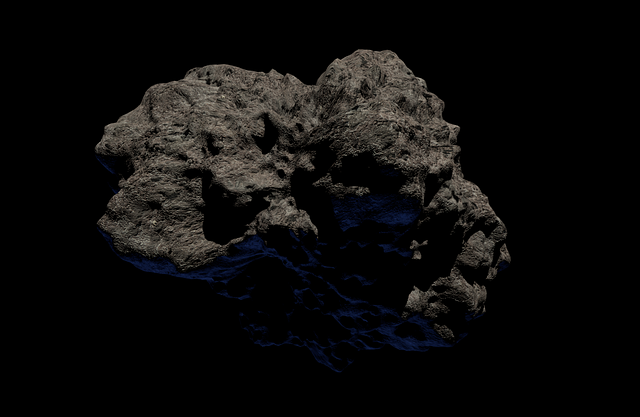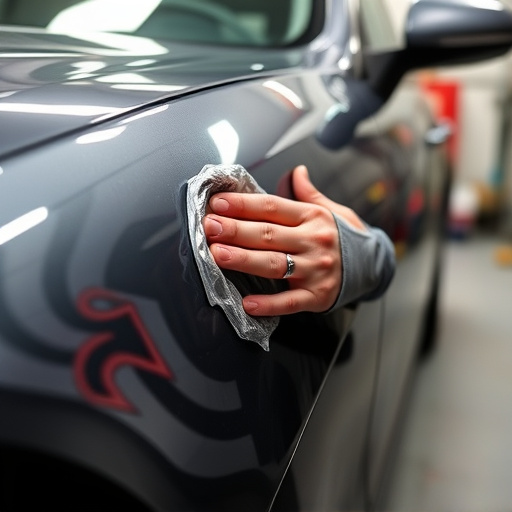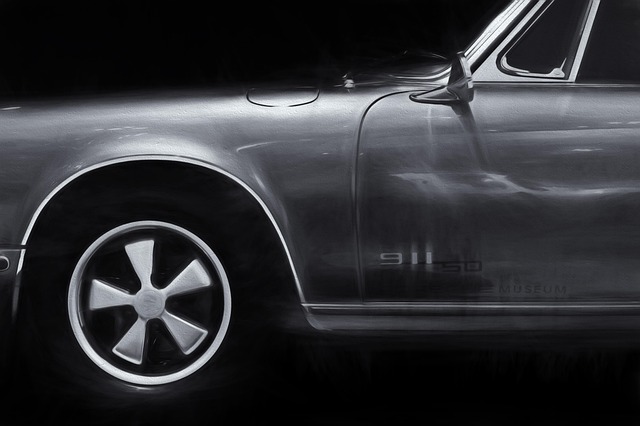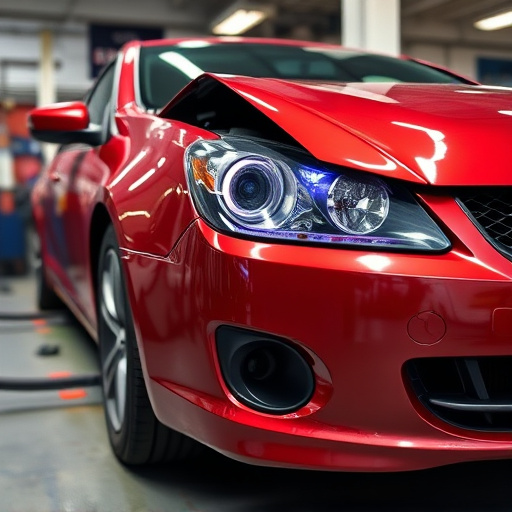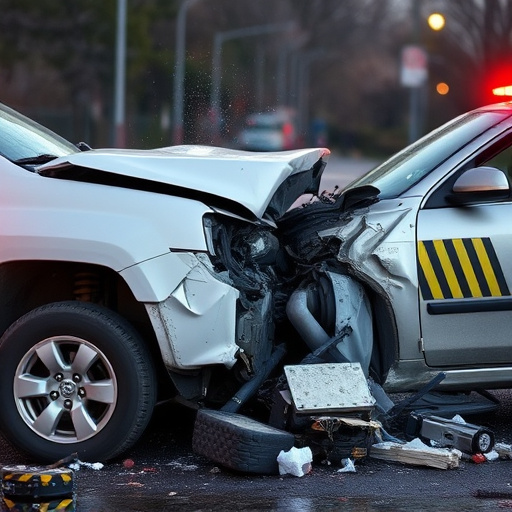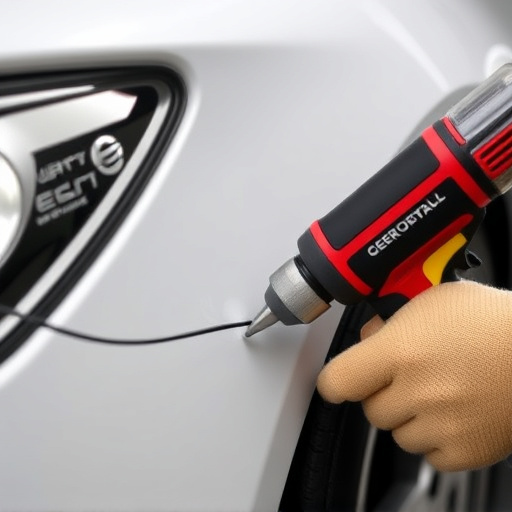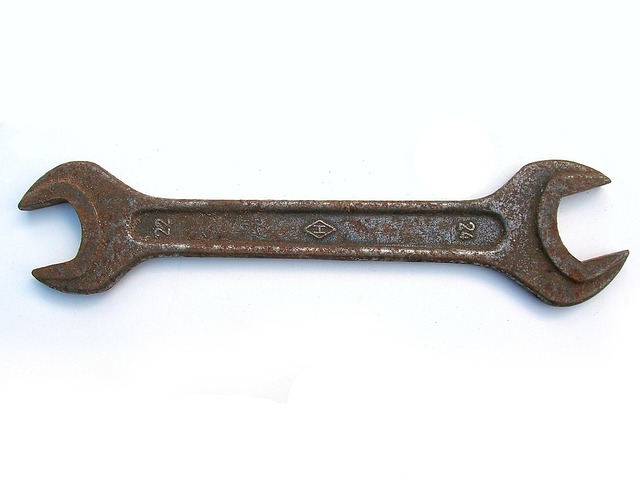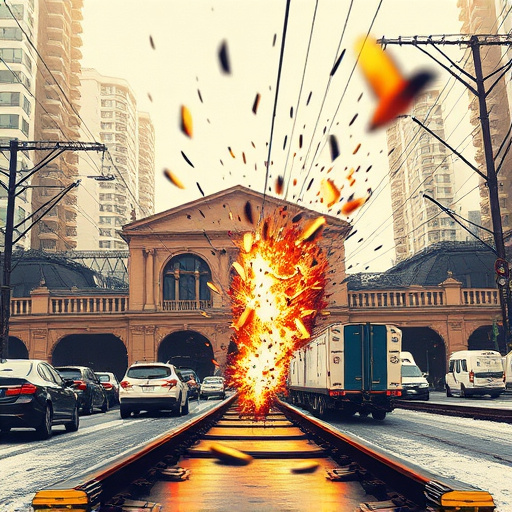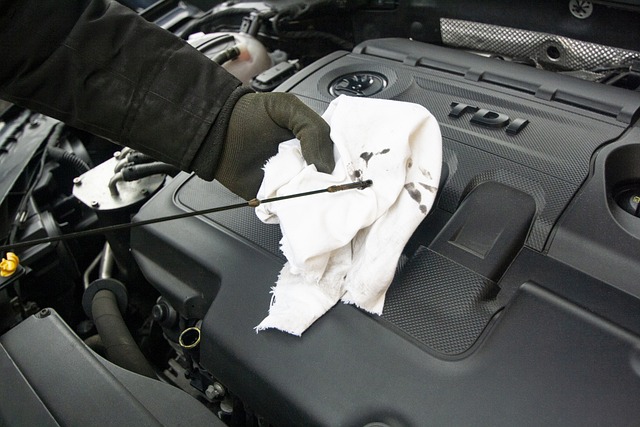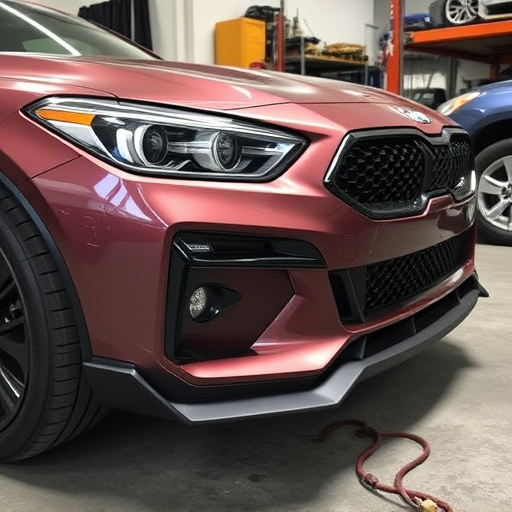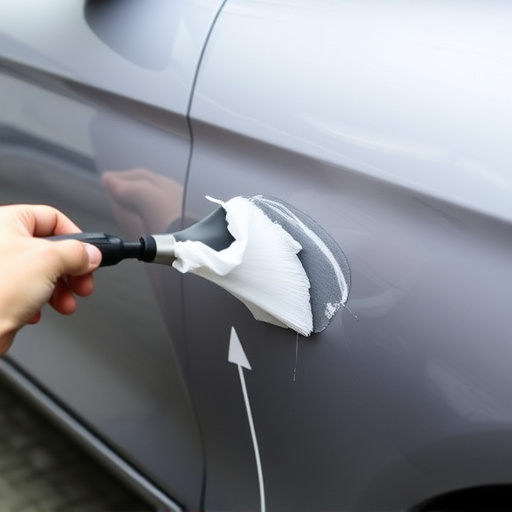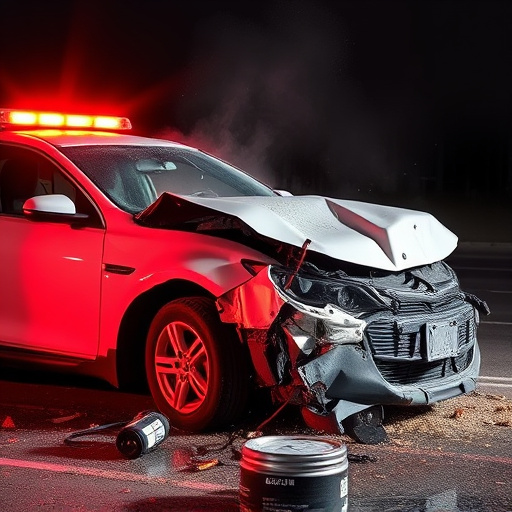Metallic paint repair involves specialized care due to its unique structure of pigments and metal flakes. Restoration aims to revive the original luster and protect against environmental damage, enhancing both visual appeal and durability. The process includes preparing the damaged area, priming with a metallic primer, applying high-gloss enamel paint in layers, and finishing with a clear coat using appropriate tools like spray guns or airbrushes. SEO keywords: metallic paint repair.
In the realm of automotive and industrial aesthetics, metallic paint repair stands out as a critical aspect of maintaining a vehicle’s or surface’s allure. This article delves into the intricate world of metallic paint, highlighting its unique properties and the pivotal role shine plays in repairing damaged surfaces. From understanding the chemical composition to mastering techniques for achieving a high-gloss finish, we explore effective strategies for professional metallic paint repair, ensuring longevity and a flawless appearance.
- Understanding Metallic Paint and Its Unique Properties
- The Impact of Shine in Repairing Damaged Metallic Surfaces
- Techniques and Tools for Achieving a High-Gloss Finish in Metallic Paint Repair
Understanding Metallic Paint and Its Unique Properties

Metallic paint stands out from conventional finishes due to its unique properties. It’s more than just a coat; it’s a complex blend of pigments and metal flakes that create a lustrous, reflective surface. This distinctive appearance isn’t merely cosmetic—it also offers enhanced protection against corrosion and UV damage. In the context of vehicle body repair, auto detailing, or even vehicle restoration, understanding these properties is crucial for achieving a seamless, durable finish.
The intricate structure of metallic paint demands specialized care during both application and repair. Unlike standard paints, its flakes can shift and align differently, affecting the final sheen. When damage occurs, such as chips or scratches, it’s not just about filling in the gap—it involves restoring the structural integrity of the metal flakes to recapture the original shine. This meticulous process requires tools and techniques tailored for metallic paint repair, ensuring that the restored surface not only looks good but also retains its distinctive, eye-catching properties.
The Impact of Shine in Repairing Damaged Metallic Surfaces

The restoration of a metallic paint job is not merely about repairing scratches or dents; it’s about recapturing the surface’s original luster and integrity. Shine plays a pivotal role in this process, serving as more than just an aesthetic enhancement. A polished finish not only improves the visual appeal of damaged metallic surfaces but also protects them from future deterioration. The reflective properties of shine act as a barrier against environmental factors like UV radiation, acid rain, and pollution, which can all contribute to metal corrosion and fading.
Moreover, achieving the right level of shine during auto body repair ensures that the restored area seamlessly integrates with the surrounding undamaged metal. This is especially crucial in an auto shop where customers expect high-quality, professional results. A skilled technician understands that a perfect shine not only elevates the overall aesthetics of a vehicle but also contributes to its long-term durability and resistance to auto damage repair, making it a key consideration in any comprehensive auto maintenance routine.
Techniques and Tools for Achieving a High-Gloss Finish in Metallic Paint Repair
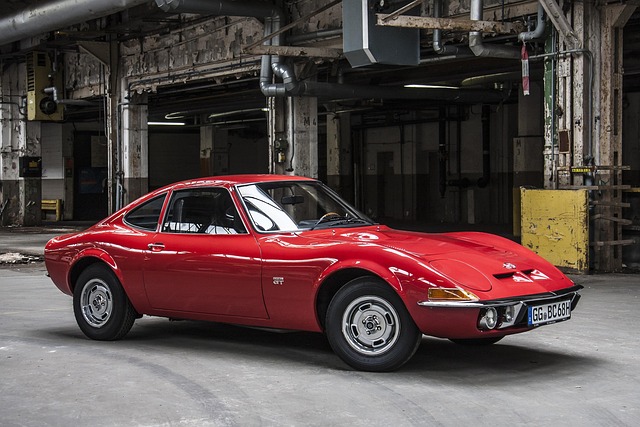
Achieving a high-gloss finish in metallic paint repair requires a blend of precise techniques and the right tools. For optimal results, professionals often begin with careful preparation of the damaged area. This involves removing any loose paint, rust, or debris using specialized scrapers and sandpaper. Smooth the surface thoroughly to ensure a clean canvas for the next steps.
Once the base is ready, priming is crucial. A good-quality metallic primer acts as a bonding agent, enhancing adhesion between the repair and the final coat of paint. After priming, apply layers of high-gloss enamel paint designed specifically for metal. Use fine-grit sandpaper to smooth each layer between applications, eliminating any imperfections. The final step involves a clear coat to protect the vibrant metallic finish, achieved with tools like spray guns or airbrushes for a seamless, glossy surface that enhances the aesthetic appeal of car repair services and auto body work, reflecting the original luster of the metal.
In conclusion, understanding the role of shine in metallic paint repair is key to achieving a professional, high-gloss finish. By mastering techniques and utilizing the right tools, you can effectively restore damaged metallic surfaces, enhancing their aesthetic appeal and durability. For those dedicated to the art of metallic paint repair, embracing the impact of shine is an indispensable step towards achieving exceptional results.
